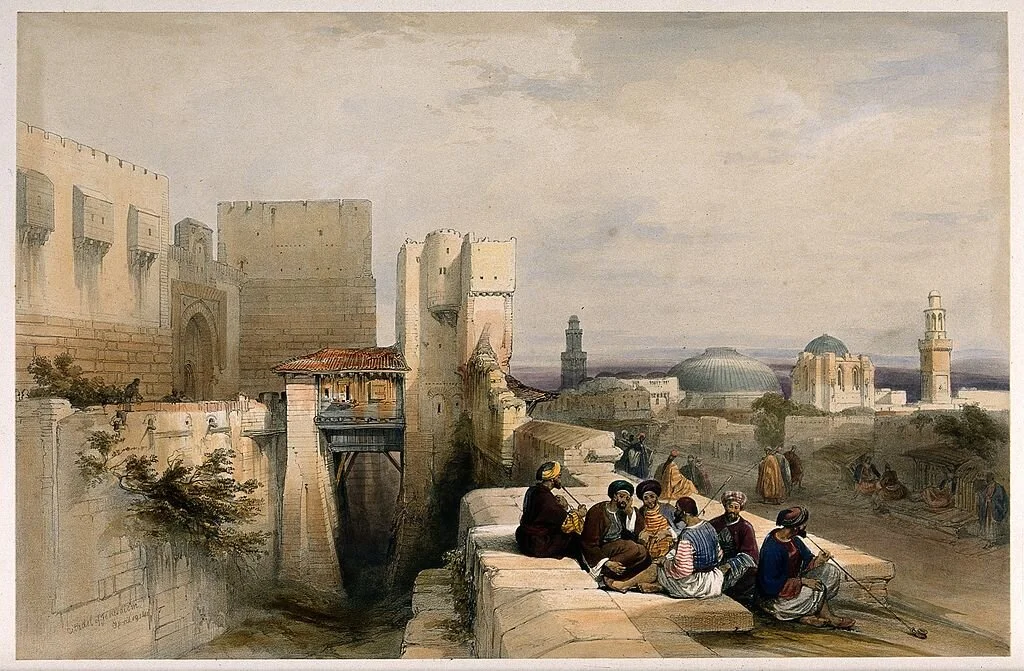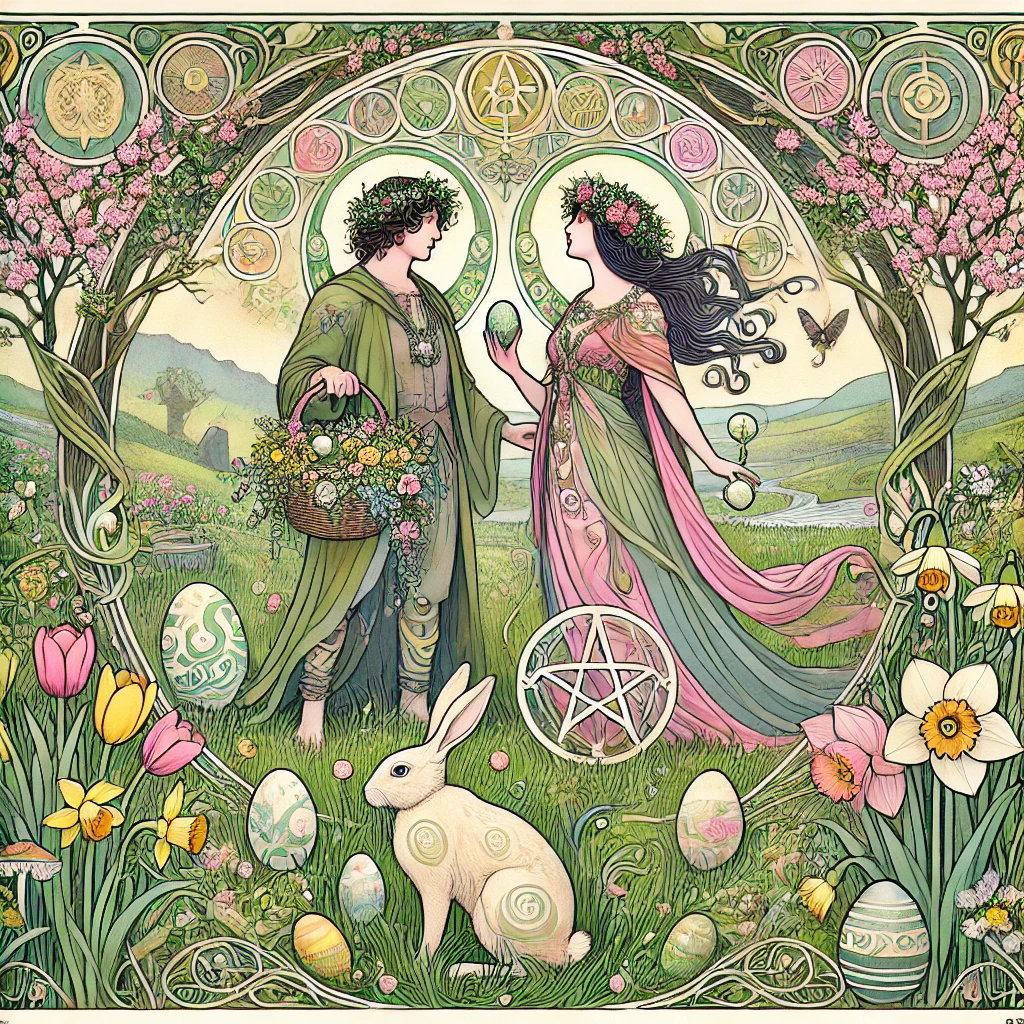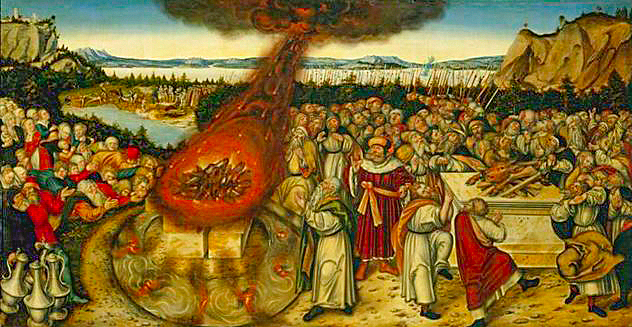Despite the stories of the Old Testament, the kingdom of Judah did not rise to power or become a monotheistic center until much later than the reigns of King David and Solomon.
Within one generation, thanks, in part, to an influx of refugees from Israel, Jerusalem swelled as a city, and its Temple became the center of the budding Jewish religion.
The Bible makes it very easy to determine which of the kings of ancient Judah were sinful and which were not. Those who are described as doing “what was right in the eyes of the Lord” typically had nice long reigns and avoided defeat in the many skirmishes of the time.
“Most shockingly, an inscription from Sinai refers to the goddess Asherah as the consort of Yahweh!
It seems God originally had a wife!”
We three kings: The rulers of Israel were judged good or bad in the Bible, and it seemed as if the traits skipped generations. Here’s Ahaz (bad), Hezekiah (good) and Manasses (bad).
It’s almost as if a king who had the misfortune of losing a war was later recast as someone despicable. Take Ahaz, who was accused of burning his son as an offering to a pagan god and, heaven forbid, burning incense in high places and under every green tree (2 Kings: 16:2-4).
There King Ahaz goes again, worshipping other gods than YHWH. This one likes tasty babies as offerings.
Much of the Old Testament deals with the comparison of sinful Israel in the north and the sometimes good, sometimes bad kingdom of Judah in the south.
“Despite Judah’s prominence in the Bible, however, there is no archaeological indication until the eighth century BCE that this small and rather isolated highland area, surrounded by arid steppe land on both east and south, possessed any particular importance,” write Israel Finkelstein and Neil Asher Silberman in The Bible Unearthed: Archaeology’s New Vision of Ancient Israel and the Origin of Its Sacred Texts.
A model of ancient Jerusalem, which didn’t rise as a power until the late 8th century BCE, after Israel fell to the Babylonians
The Rise of Jerusalem
It wasn’t until the fall of Israel in the late 8th century BCE, that Judah was finally in a position to prosper.
“The royal citadel of Jerusalem was transformed in a single generation from the seat of a rather insignificant local dynasty into the political and religious nerve center of a regional power — both because of dramatic internal developments and because thousands of refugees from the conquered kingdom of Israel fled to the south,” the authors explain.
New suburbs developed, which were enclosed within a defensive wall. The city of Jerusalem grew from a mere 12 acres to 150, and its population increased from 1,000 to 15,000 — all in the span of a generation.
The ruins of the citadel and Tower of David
The rest of Judah, including its agricultural hinterland, also experienced rapid growth. Where there were once only a few villages and modest towns, about 300 settlements of all sizes popped up. The population of the region grew from 30,000 or so to around 120,000.
Long after the reign of Kind David, Israelites worshipped multiple deities — fertility goddesses like these were particularly popular.
Yahweh: One God of Many
Despite the Bible’s claim that the worship of YHWH (aka Yahweh, or, you know, capital-G God) was, for the most part, the norm from the reign of King David on, archaeological evidence shows that there were numerous instances of other gods being worshiped throughout the time of the kingdom of Judah. Clay figurines, incense altars, libation vessels and offering stands throughout the region reveal that people worshiped a variety of fertility deities as well as their ancestors — and certainly not just Yahweh.
It must come as a surprise to most people that Judaism, one of the first monotheistic religions — Pharaoh Akhenaten previously decreed the worship of a single deity for a brief time in Ancient Egypt — actually started out as polytheistic.
“[T]he great sins of Ahaz and the other evil kings of Judah should not be seen as exceptional in any way,” write Finkelstein and Silberman. “These rulers merely allowed the rural traditions to go unhampered. They and many of their subjects expressed their devotion to YHWH in rites performed at countless tombs, shrines and high places throughout the kingdom, with the occasional and subsidiary worship of other gods.”
Judahites at the time treated hilltops as holy sites, burning incense there to honor the sun, moon and stars.
“[T]he clearest archaeological evidence of the popularity of this type of worship throughout the kingdom is the discovery of hundreds of figurines of naked fertility goddesses at every late monarchic site in Judah,” write Finkelstein and Silverman.
The goddess Asherah, as carved on an ivory box from around 1300 BCE found in Syria, was once worshipped as the wife of Yahweh, the Jewish and Christian God!
Most shockingly, there’s an inscription from northeastern Sinai that refers to the goddess Asherah as the consort of Yahweh! Could God originally have had a wife?!
In the late 8th century BCE, Jerusalem grew rapidly in size (from 12 to 150 acres) and population (1,000 to 15,000 residents).
The Birth of Judaism
Despite the perception that the Israelites were monotheistic long before this time, it wasn’t until Jerusalem was a booming metropolis that we at last had the rise of the exclusive worship of Yahweh at the city’s impressive Temple.
The true monotheism of the Judeo-Christian tradition most likely began in the 8th century BCE — 200 years after the Bible claims. Part of this movement to worship YHWH alone was born of a new political aim: the unification of Israel. Coming out of this, the religious establishment decreed the “proper” way to worship — not just at the Temple but throughout rural Judah as well.
“It is easy to see why the biblical authors were so upset by idolatry,” write Finkelstein and Silberman. “It was a symbol of chaotic social diversity; the leaders of the clans in the outlying areas conducted their own systems of economics, politics and social relations — without administration or control by the court in Jerusalem.”
Perhaps it’s cynical to suggest that Judaism (and by extension, Christianity) arose because of a desire to consolidate power and economic control — but heavens knows it wouldn’t be the first time a religion was guilty of that. –Wally
Israel Finkelstein (top) and Neil Asher Silberman, authors of The Bible Unearthed



























































